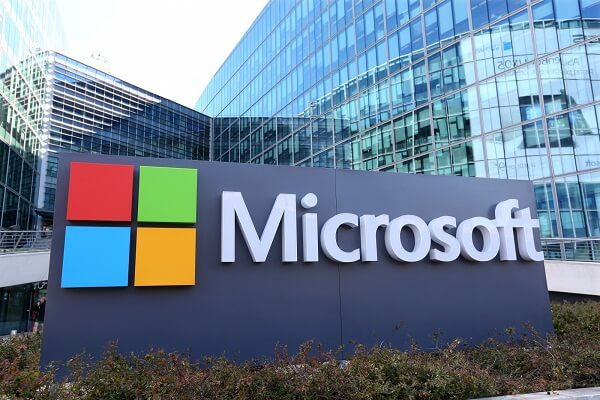The past shows: Windows 10 must remain without restrictions. Therefore, discontinuing Windows 10X is a good decision. When Microsoft announced two dual-screen devices in autumn 2019, many thought: What a great concept. With its two screens, the Surface Neo had awakened the tech nerd in us. Microsoft officially spoke of the new OS with the device for the first time: Windows 10X should become the core of the new product category of dual-screen devices.
Microsoft later also released an emulator for Windows 10X. Interested parties and were able to take a first look at the new OS. It showed clear differences to the conventional Windows 10 and gave hope for more. However, never came more.
Microsoft postponed the release of the Surface Neo and Windows 10X indefinitely and initially wanted to bring the OS out for devices with a screen. In May 2021 – after several months of postponements – it is now clear: Windows 10X will be discontinued. We think this is the right decision. Because Windows 10 only works as a traditional operating system with a wide range of functions and as much compatibility as possible.
If we look into the past, it quickly becomes clear: The operating system must be open to as many file types, programs and, above all, hardware resources as possible. Only then will it be taken really seriously in the community. When Microsoft presented Windows 10 S for the first time after the disastrously flopped Windows RT , not only was the initial astonishment, but also the later disappointment. Another Windows that is limited to Microsoft Store apps and should be as safe and simple as possible? Who should need something like that?
Windows 10 S already did not work
The limited Windows OS that came with the first Surface Laptop was mis-marketed from the start. Microsoft wanted to create a Windows that would deliver essential functions on inexpensive devices in schools. Instead, Microsoft presented the OS on a device that cost more than 1,000 euros. Combined with the little extensive Microsoft store range at the time, a flop was actually to be foreseen.
Microsoft later tried S mode again for Windows 10. The company presented this on the small Surface Go tablet, which at around 450 euros could appeal to the right target group. Microsoft had also learned and left the upgrade option to a full Windows 10 Home open. It was only clear then that a large number of customers would take advantage of this offer. Since then, S mode has actually only been a side note and is more of a question than euphoria when buying new hardware.
Windows 10X would certainly have suffered a similar fate. The operating system would have placed a large focus on the Microsoft Store and worked with x86 emulation and containerization, for example, in order to get legacy applications up and running. The news was clear, however: Customers should use the Microsoft Store and Microsoft 365 as the primary source of supply for the software on their great new Windows 10X device. Again, the community would never have fully accepted this restriction.
Windows 10X would have had other problems with the release. The fundamentally changed user interface, which focuses on large touch elements and full-screen windows, is reminiscent of the less popular tile interface of Windows 8. At the release, many users did not want to and could not rely on the fundamentally new operation of the previous Windows 7 get used to changed OS.
The operating elements designed for touch input were deeply anchored in the OS and replaced the classic start menu of earlier Windows versions that had been established for decades. With Windows 8.1, Microsoft has already taken this approach back a little. Apart from the optional tablet mode, there is little of this to be seen in Windows 10. Many people therefore switched from Windows 7 to Windows 10 and sometimes only reluctantly.
Combined with a previously little-known form factor such as the dual-screen device, most Windows 10X customers would have had major problems with the usability. They might then have switched to other known systems again, as past failures such as Windows 8 and Windows 10S have shown.
